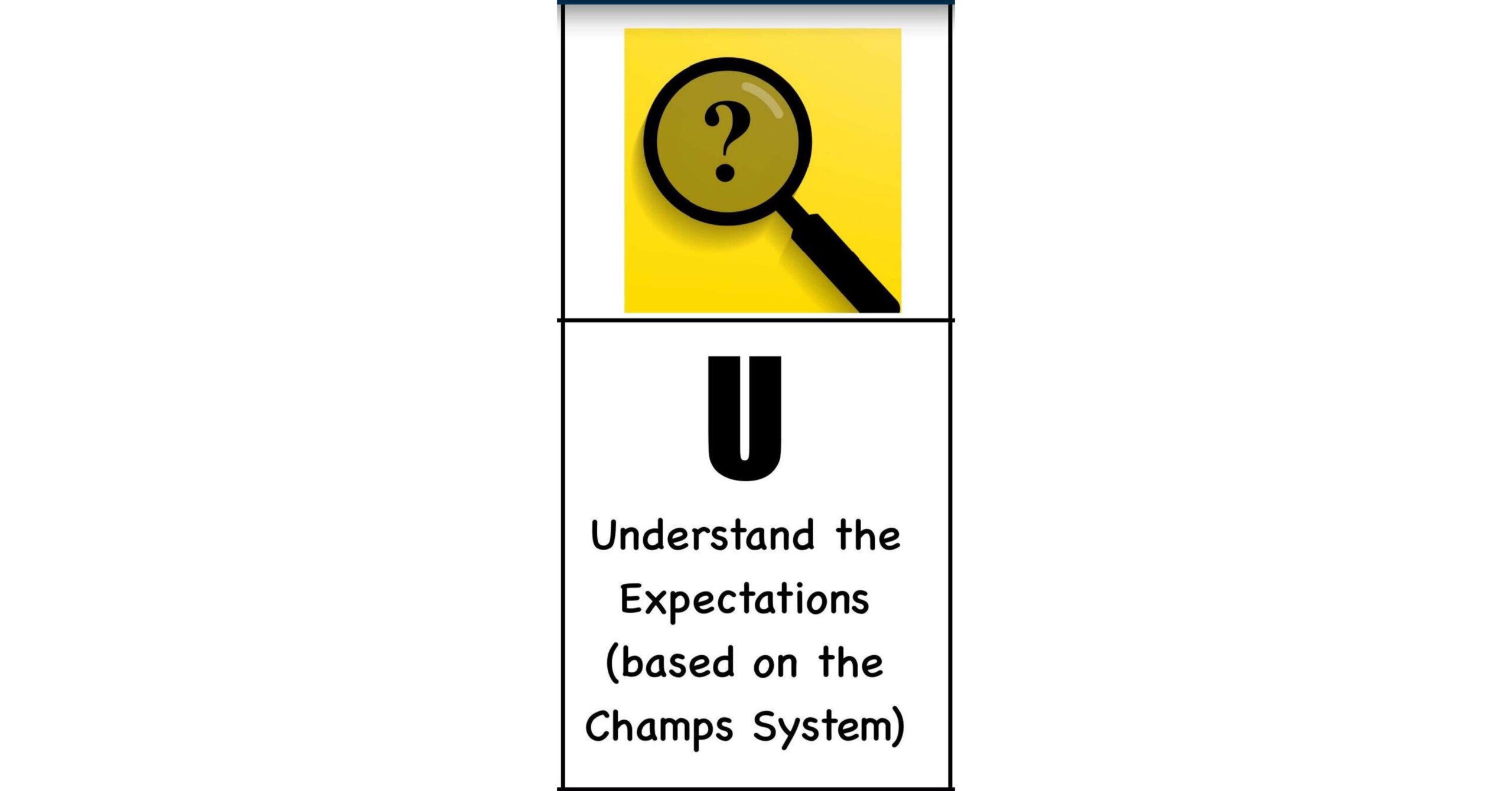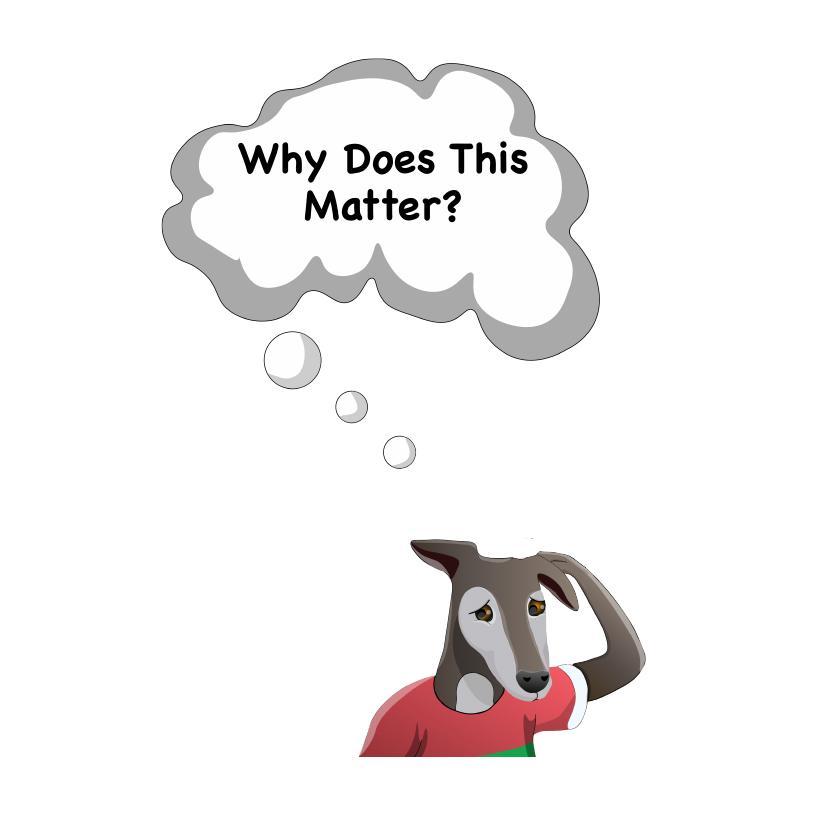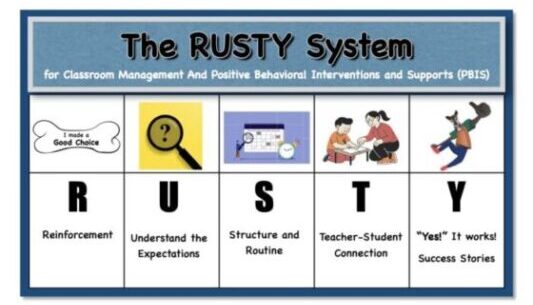
The CHAMPS system works hand-in-hand with the ‘U’ of the RUSTY System: understanding the expectations. That is why Students Understand Classroom Expectations with CHAMPS is key to the U of the Rusty System. This EBIP leads to improved classroom behavior because the students don’t wonder what to do; they know what you need them to do. Keep in mind, you must hold your students to this high standard and apply appropriate consequences for disruptive classroom behavior.
What are the benefits?

When your students understand classroom expectations, they know exactly what to do during an activity. This evidence-based instructional practice (EBIP) creates a more efficient classroom. Implementing this behavior management strategy allows minimal downtime and maximum (formative and summative) assessment results.
Why does this matter?

A classroom full of students who don’t know what to do is a recipe for behavior issues. Instead, use the following Positive Behavioral Interventions and Supports (PBIS) strategy to improve your classroom management. When you use CHAMPS, you implement the ‘U’ of the RUSTY System: understanding the expectations. This part of RUSTY involves the students understanding your expectations for their behaviors.
When you use Applied Behavior Analysis (ABA) strategies in your classroom, like CHAMPS, you set your students up for success. In turn, you set yourself up for success (and a much easier school day). Not to mention, your observation results benefit from you displaying strong classroom management.
What does this look like?

CHAMPS stands for Conversation, Help, Activity, Movement, Participation, Success/Supplies. With each explanation below, review the questions you can ask yourself while planning the lesson with understanding the expectations in mind. When implementing the lesson, review each relevant part of CHAMPS with your students before beginning the activity.
Conversation. This expectation covers the students’ voice level. For example, you might expect to hear only whispers in your classroom.
For this expectation, you can create a noise-o-meter to display. One example of a noise-o-meter’s levels: no voice, whisper voice, group voice, and presentation voice. This creation can look as simple as writing the expected voice level on the board to as involved as a laminated, moveable arrow with labeled sections.
Ask yourself: How loud can they talk (if at all) during the activity?
Help. The students know what to do if they need help. When they follow your expectations for getting help, you can give better differentiated instruction.
For example, a student silently working on an essay should raise their hand to ask for help. Another example is a group member asking a peer in their group for help.
A neat way to implement this strategy is to have one set of red, yellow, and green plastic cups for each table group. When the group puts the green cup on top of the stack, the group is working fine independently. The group displays the yellow cup when they have a minor question/concern. The red cup on top means the group cannot move forward in their work until the teacher helps.
Ask yourself: How should the student ask for help? Should they ask you, a friend, or figure the concern out for themself?
Activity. The class knows the tasks they should be doing. Each activity can have different expectations, so this implementation can change depending on the activity.
Some students may require accommodations to meet the curriculum standards. One example of a classroom activity is the entire class silently taking a test.
Ask yourself: What is the activity? What does the activity look like?
Movement. Everyone in the learning environment understands how much movement should/shouldn’t happen during the activity. For example, each group of four students works at a station until the timer sounds, then the classroom’s groups shift to the next station.
Ask yourself: When can the students move around (if at all)? What can they do while moving? Where are they allowed to go?
Participation. The teacher knows each student is participating by the student engaging in a measurable product. For example, the student writes three complete sentences, each with a subject, verb, and modifier.
Ask yourself: How should students participate in the activity? What do they do when they are finished with the activity?
Success (or Supplies). Some educators consider this letter “success” because the students have achieved all of the above. The The Rusty System: What are the benefits? following the teacher’s expectations shows the students are succeeding.
Other educators prefer the letter to represent “supplies” to remind the classroom of what items everyone needs to complete the activity. A pencil and composition notebook are two supply examples.
Ask yourself: What does this successful classroom look like? What supplies do the students need? What else do they need to do?



